The Gift of South Dakota
Subscriptions to South Dakota Magazine make great gifts!
Subscribe today — 1 year (6 issues) is just $29!
Æbleskiver for All
Jul 15, 2014
South Dakotans can trace their heritage all over the world. During the Dakota Boom (1878-1887), European and Asian immigrants flooded Dakota Territory, creating a checkerboard of ethnic settlements. Danes homesteaded in Turner County, Germans in Hutchinson and McPherson counties, Finns in Hamlin County and Czechs in Bon Homme and Yankton counties.
Many small towns celebrate our state’s diverse heritage with annual festivals. Viborg’s Danes begin Danish Days (July 17-20) with a tractor pull Thursday night and a family fun night on Friday, but the traditional events start Saturday. Methodist church ladies rise early to make æbleskiver for the town of 800. Legend credits Vikings with cooking the first batch of ball-shaped Danish pancakes. After a battle they noticed dents in their shields, so they filled them with batter and cooked them over a fire. In Viborg they’re eaten with powdered sugar or syrup.
With bellies full, people line Main Street for the parade and Danish dancing, performed by Sunday school children. Dancing has been a tradition in Viborg for decades. Youth practiced dancing once a month at the Lutheran parsonage during the Depression. Children also learned dances during summer Bible school, a tradition that continues today. They wear red, white and black Danish outfits that resemble those worn by Czech Beseda dancers at Tabor. Boys wear short pants, a white shirt and a tie, while girls don skirts, aprons, vests and caps.
There’s more food after the parade at the Taste of Denmark, a buffet of Danish dishes. A main course is open-faced sandwiches. “In Denmark, they always used a slice of bread, usually rye bread, with cheese or ham,” says Susan Edelman, a member of the Danish Days committee. “And then they decorated them with pickles, tomatoes and cucumbers. That’s what we do.” There are Danish puffs, sweet soup served with cream or heavy milk and æblekage (apple cake).
If you’d like to try your hand at æbleskiver, here’s a family recipe that’s been passed to our assistant marketing director Laura Andrews.
Æbleskiver
2 cups buttermilk
2 cups flour
3 eggs
1 teaspoon baking powder
1/2 teaspoon salt
1 teaspoon soda
2 teaspoons sugar
Beat egg yolks. Add sugar, salt and buttermilk, then flour and soda. Fold in stiffly beaten egg whites and baking powder. Place small amount of fat in a heated æbleskiver pan. Fill indentations about 2/3 full. Turn the batter once or twice to create a more-or-less round ball, cooking until centers are done.


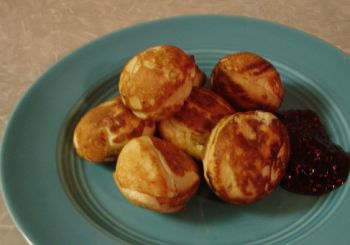
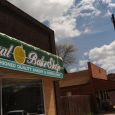

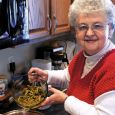
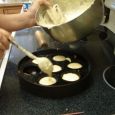

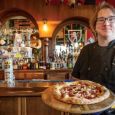


Comments
Viborg is a great little town. The locals have so much pride in their community and their heritage.